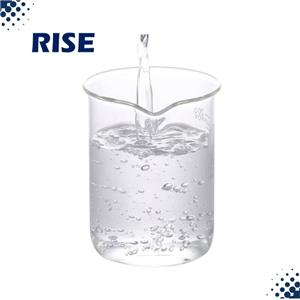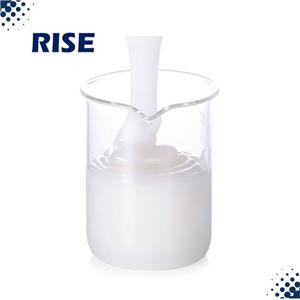Development and Current State of Defoamer
Introduction:
Defoamer is an essential component in various industrial and manufacturing processes. Defoaming agent help reduce surface tension and minimize the formation of bubbles, ensuring smooth and efficient production. In this article, we will explore the history and current state of defoamers.

History of Defoamer:
Defoamers have been in use since the early 20th century, with natural materials like resins, oils, and soaps being the primary defoaming agents. However, their use was limited due to their negative impact on production processes and product quality. In the 1950s, synthetic antifoam were introduced and became widely used due to their superior performance.
Current State of Defoamer:
Today, defoaming agents have evolved to meet the demands of various industries, such as food processing, pharmaceuticals, textiles, paper, and printing. Aefoaming agent come in different forms, including silicone-based, non-silicone-based, oil-based, and water-based defoamers. These defoamers have unique properties that make them suitable for specific applications.
Silicon based defoamers are the most common type of defoamer and are widely used in various industries. They are effective in reducing surface tension and can be used in both water-based and oil-based systems. Non-silicone-based defoamers, on the other hand, are eco-friendly alternatives to silicone-based defoamers and are becoming more popular due to their low toxicity and biodegradability.
Oil-based defoamers are suitable for use in high-temperature applications and are commonly used in the oil and gas industry. Water-based defoamers are effective in controlling foam in aqueous systems and are commonly used in the production of paints and coatings.
Conclusion:
In conclusion, defoamers have come a long way since their inception. The development of synthetic antifoaming agent has revolutionized the industry, and the continued research and development of eco-friendly defoamers have paved the way for a sustainable future. As industries continue to grow and evolve, the use of defoamers will remain an essential part of production processes.




